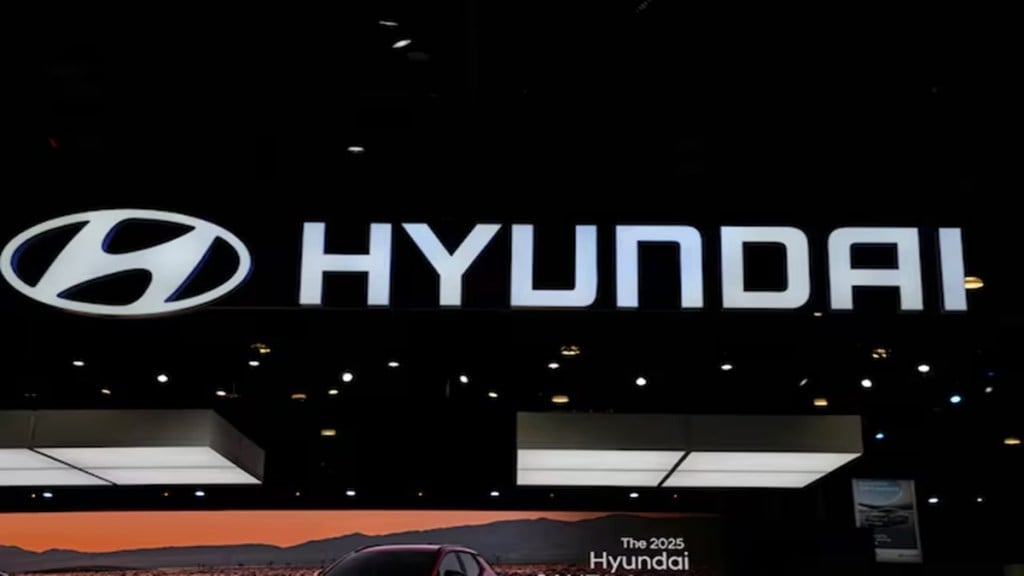Hyundai Motor India has lined up 26 new model launches by 2030, including 20 internal combustion engine (ICE) vehicles and six battery electric vehicles (BEVs), in a bid to strengthen its presence across multiple segments in the country. The carmaker will also roll out its first hybrid for the domestic market.
Strategic focus on electrification and exports
“Electric penetration was stuck at 2.4% for two years, but this August it touched 6%. The direction is very clear,” Tarun Garg, COO & whole-time director, Hyundai Motor India, said, pointing to rising traction for EVs alongside petrol, CNG, and hybrids. He added that EV share could cross 15% by 2030, with Hyundai’s own penetration likely ahead of the industry average.
Exports are another growth lever. “We are Hyundai’s biggest base outside Korea. With exports growing in double digits and domestic sales now picking up, this will be a double engine growth for Hyundai,” Garg said. The company’s upcoming plant in Pune, set to be operational in FY26, will push total capacity past 1 million units, further supporting its expansion plans.
GST cut to fuel demand for small SUVs
At the same time, Hyundai is eyeing a surge in demand for compact SUVs following the recent goods and services tax (GST) cut. “The small SUV segment is already the largest in the industry. With GST rationalisation, and rising aspirations, this segment could see maximum growth,” Garg said.
He noted that SUVs priced under Rs 10 lakh are expected to see especially strong traction if they come with features such as ADAS, sunroofs, connectivity, and automatics. “Bookings have jumped sharply, and the festive season timing is perfect,” he added.
Cars under Rs 10 lakh have remained resilient over the past four years, consistently contributing half of total industry sales. Hyundai expects overall industry growth to swing from a 2% decline till August to nearly 5% expansion by March.
